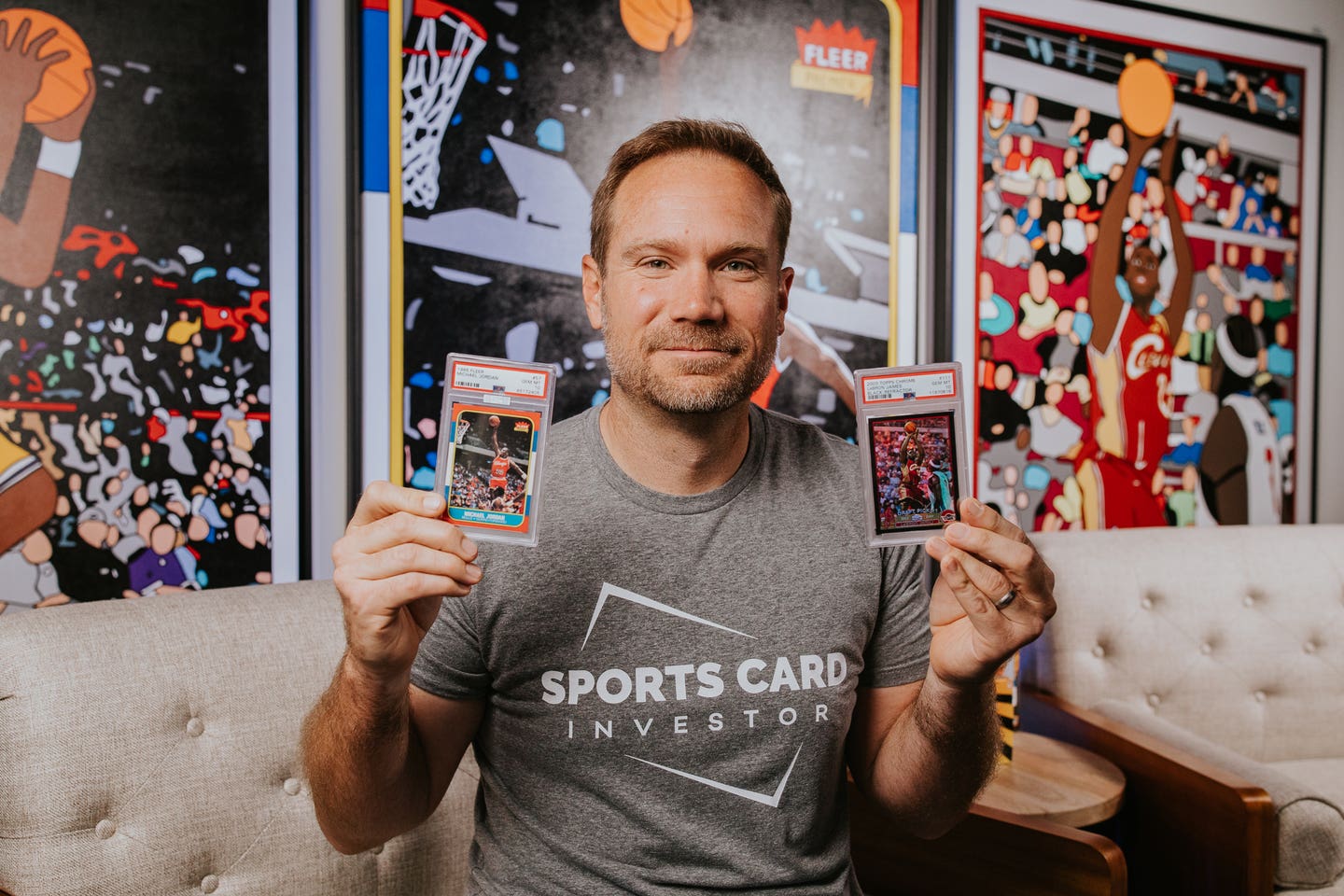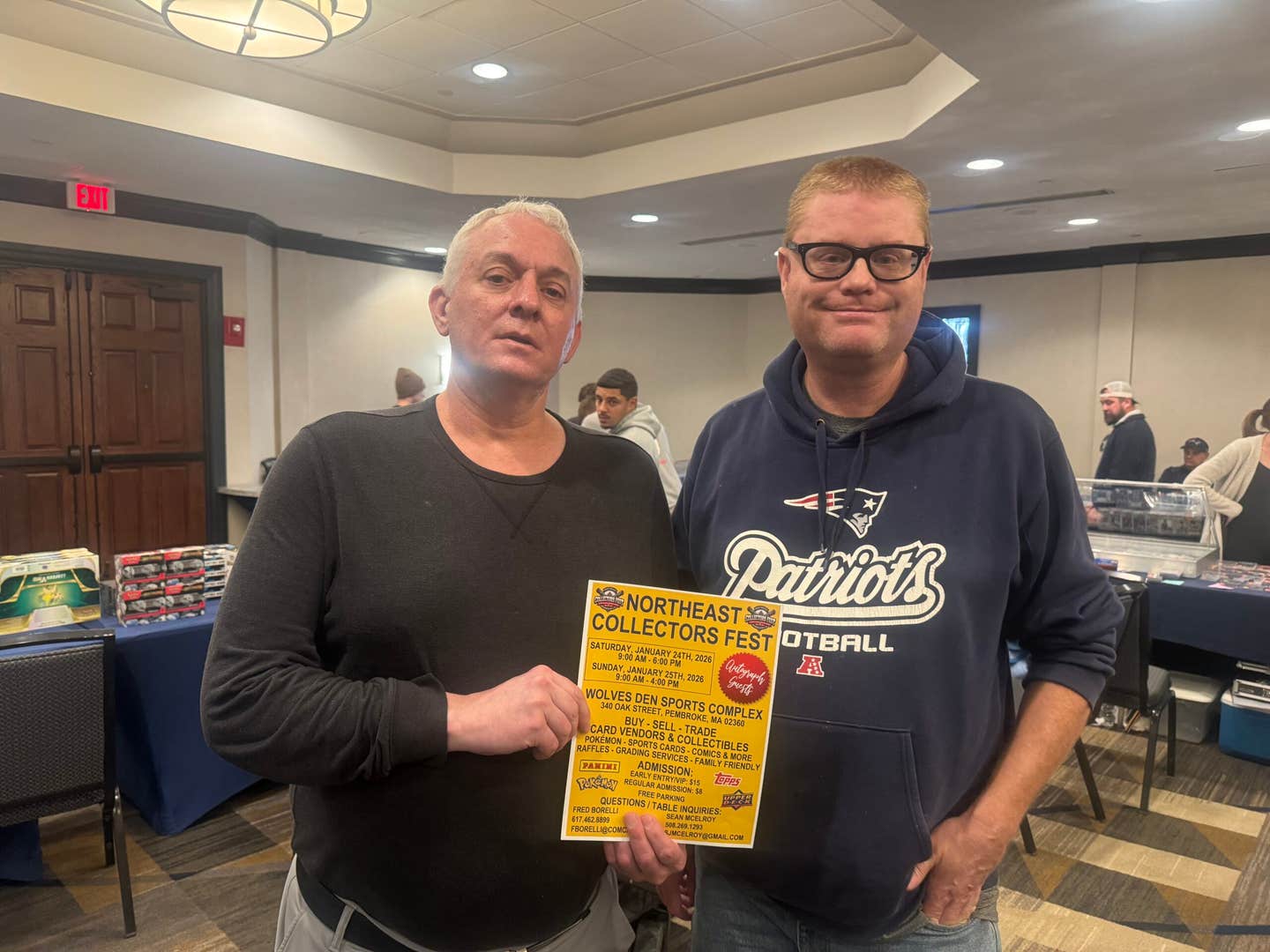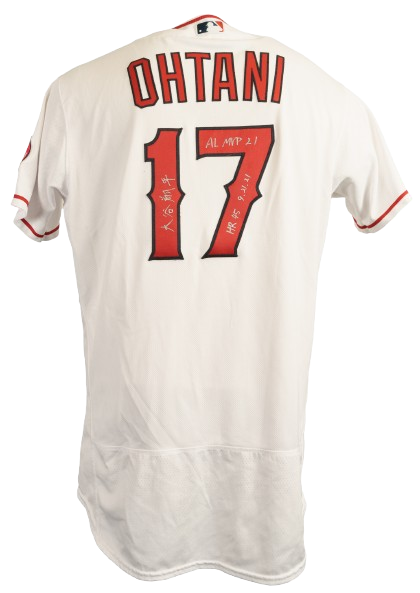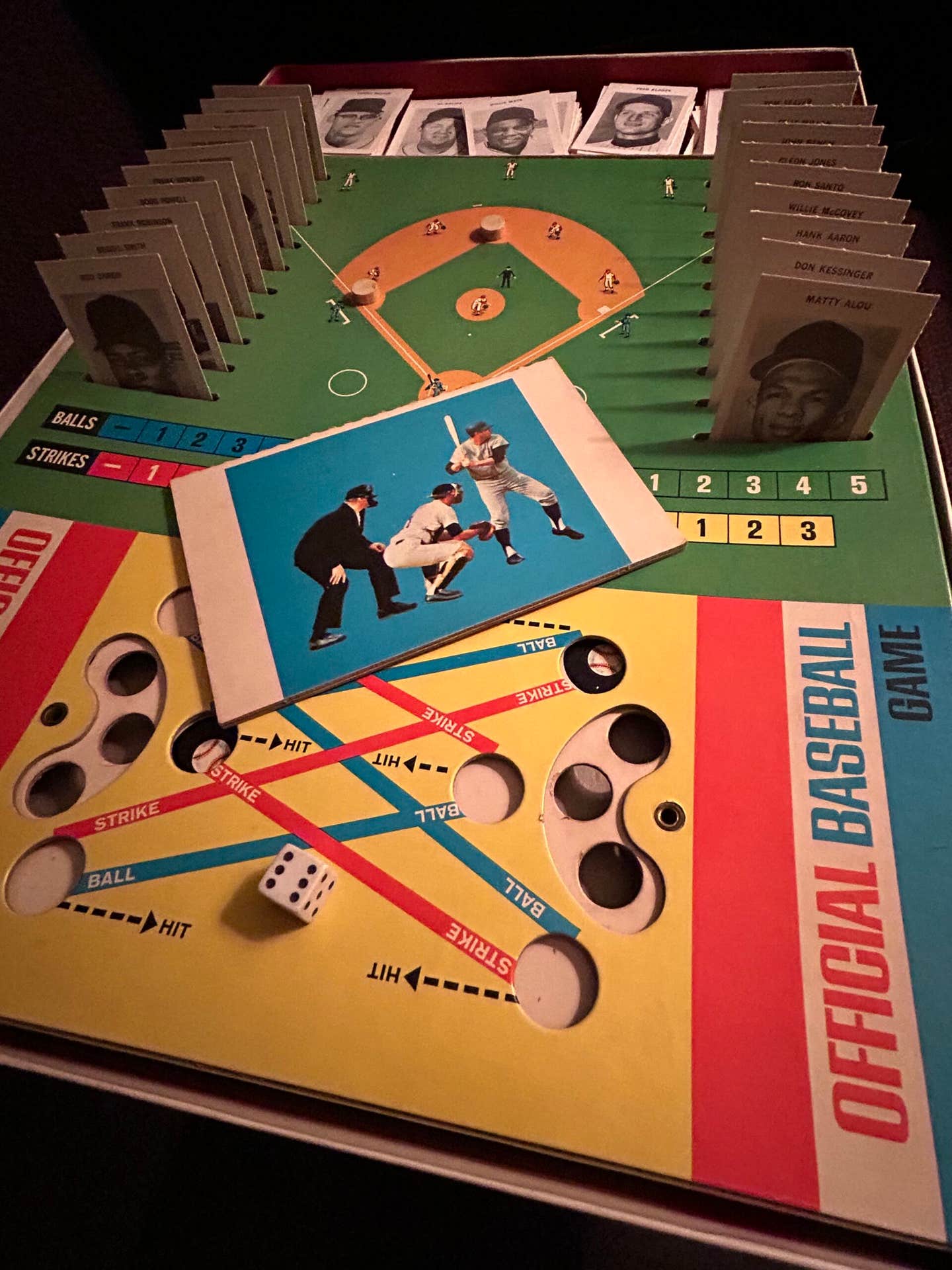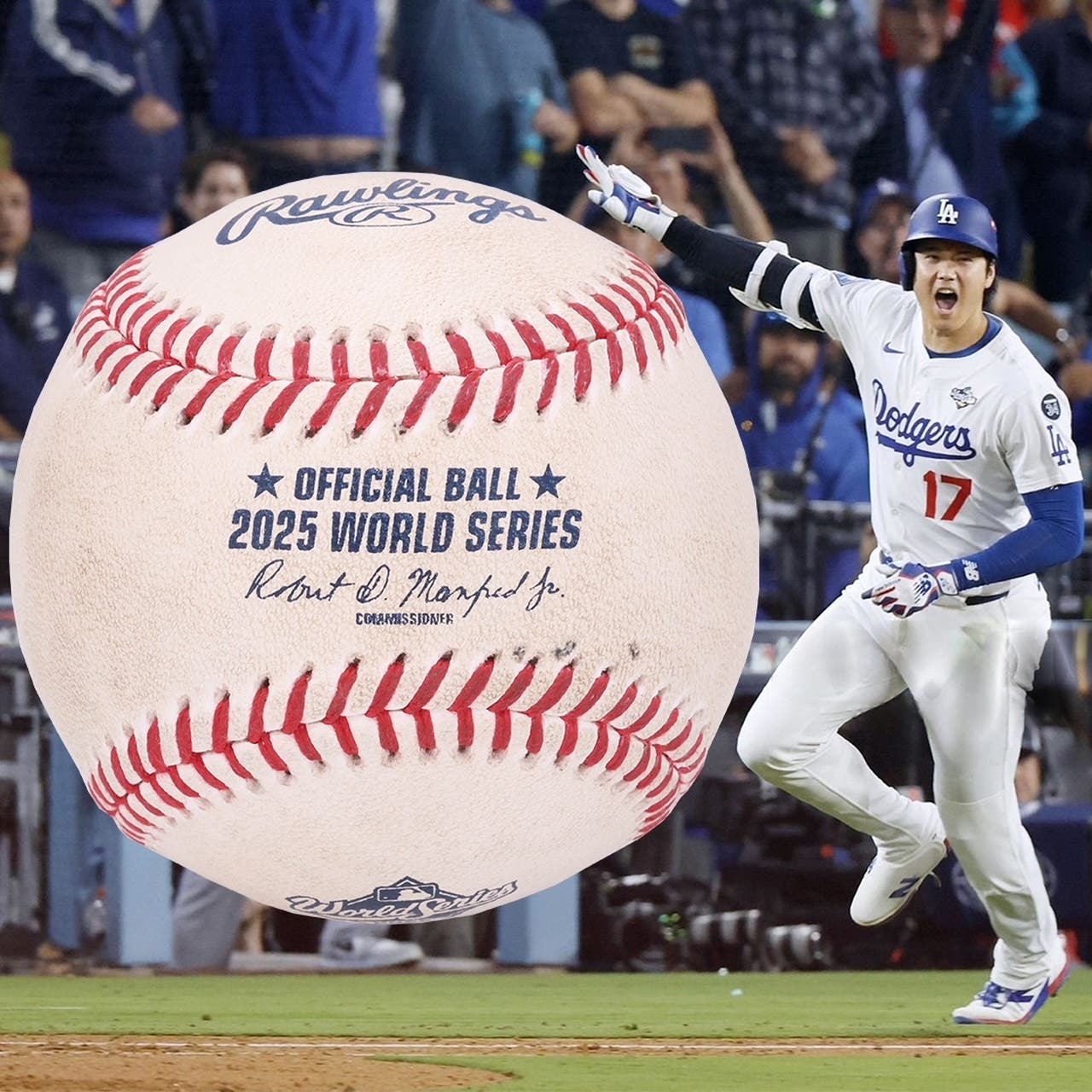Memorabilia
Ruth ball nearly (one in) a ($) million?
It’s not often one gets a call on a humdrum December afternoon and is asked to help authenticate arguably the most famous home run baseball in the game’s glorious history. It was a call out of the blue from our Yellow Pages ad and the gentleman on the other end was operating a commercial eBay store.
“Do you know something about baseballs? the Dallas eBay owner asked.
“A little bit,” I replied.
“Well, we think we have the baseball that Babe Ruth hit when he made the called shot in the 1932 World Series,” came the voice on the other end. “Really,” was all I could muster at this point. Then I thought, as “Dirty Harry” would say, “Make my day…” But all I could do was wonder … like where do we go from here?
Quickly, we got down to the nitty gritty. “Describe the ball” I asked. Uh oh, the ball’s an American League William Harridge (American League President’s stamped name on the baseball) and the Game Three “called shot” was played in the newly constructed Wrigley Field in Chicago. Big strike on this “Babe ball” right here. Not the homer ball obviously, as it would very likely have been a National League ball furnished by the NL Cubs for this game in Chicago’s Wrigley Field. But from there on in, as described, the baseball took on some legitimacy to the Series, especially when its photos were revealed.
The Harridge AOL ball fell into the time period of 1932 or 1933, as Harridge became league president in May 1931 – after the 1931 American League baseballs had already been produced by the Reach Co. that year. And the ball dates before 1934, the year the AOL balls went to same color red thread away from the blue and red seams of previous years and this baseball’s Harridge’s name was on the side panel before his name was switched to the center spot in 1934 along with the thread modifications.
Significantly, the ball bears 12 autographs the most prominent being a Babe Ruth signature covering the Spalding stamping. The others, all Cubs players, included Hall of Famer Gabby Hartnett but most importantly perhaps Charlie Root, the unlucky hurler and victim of Ruth’s signaled accomplishment in the fifth inning of game three. The pen was evidently handed to starters KiKi Cuyler, Frank Demaree, Bill Jurges, along with ace pitcher Lon Warneke, the losing moundsman in Game Two of the series for Chicago, plus Leroy Herrmann, Rollie Hemsley, Marv Gudat, Johnny Moore, Frank Demaree and Carroll (Lefty) Yerkes.
Taking on a special meaning, if these signatures were real, was the fact that Gudat was with the Cubs only in 1932, thus fixing the ball to that year. And all of the players who signed were present during this Series and along with Ruth might be the only time they would have been present together in this time period. So far the physical evidence was pointing this sphere at least to the scene of Ruth’s crime against the Cubbies.
Now comes the background tale of how the ball with its autographs comes to reside in a bank safe-deposit box in Dallas.
The current owner of this baseball was the son of the then 13-year-old boy who claimed he retrieved the ball and got the autographs at Game Three, a Saturday and a day out of school for the plucky lad. The scenario might be laid out like this: the boy and his friend either nab a batting practice home run ball (Ruth supposedly hit nine balls over the fence in batting practice and Gehrig seven.) or a foul ball and make the rounds of their hometown Cubs to sign the ball. Somehow the kids got it over to Ruth and he signs over the ball indicia, not a pretty autograph but Ruth in a particular mood perhaps lays a big signature there. Though there are other possibilities for the ball and the signatures, all could have been present and accounted for at this game. The boy was also alert enough to put a date on the ball but he mistakenly wrote “September 30, 1932”– a day away from the actual event perhaps forgetting in the excitement of the day.
Many fans consider the home run Ruth hit in this game as perhaps the greatest home run hit in a World Series game if not in all baseball history. Ruth never admitted or denied that it looked like he was pointing to the fence with a two-ball, two-strike count on him.
Gehrig, in the on-deck box, thought that Ruth had called it and said so. The Cubs denied it, with the pitcher Root, the most adamant, claiming that Ruth did no such thing.
Historically it would be Ruth’s last homer in a World Series, his 15th in World Series play, clearly ahead of anyone else and would stand until Mickey Mantle broke it three decades later. It snapped this tie 4-4 game and with Gehrig, perhaps reacting to the tenor of the Babe’s audacity and this rally, smacked another one right behind the “Bambino.” Root was finished for the game.
The Bronx Bombers this day go on to win with a pair of homers each from their one-two punch of Ruth and Gehrig, finally, 7-5. The Babe’s homer was described as mammoth, traveling 440 feet over left center and over temporary bleachers, likely to have landed in the street beyond the ballpark. Someone probably did retrieve the ball, maybe another lucky Chicago youngster, but maybe that “lucky-unlucky” ball wound up scuffed up in a sandlot or street game. Nobody knows, claims to know or to this point has admitted to owning it.
Strangely only one writer described Ruth’s gesture and suggested that Babe was predicting his home run.
The Yankees wind up demoralizing the Cubs with home runs. They hit eight altogether in the four-game sweep, with Gehrig banging three, Ruth and Tony Lazzeri two each. Consider this: when in the World Series before this one (1931), and the one afterwards (1933), both teams in each of those series hit only a total of five in their entire series. The Yankee power was alive. And the Cubs had witnessed 16 fly out of the park that Saturday by the Yankee 3-4 batters in warm-up.
Did Ruth pull this stunt off? Movie film and still photos don’t confirm one way or the other with many experts. Ruth never helped settle the argument either. The Cubs players declared it didn’t happen. Ruth’s teammate Gehrig, who was on deck, thought that it did. Ruth played with the idea and claimed he never had a bigger kick than his famous called clout. Baseball executive and writer Ford Frick asked Ruth if he pointed to the stands. Ruth smiled and said, “It’s in the newspapers, isn’t it?
This Ruth/Root signed baseball has been placed on the Internet’s eBay auctions and was listed first at $985,000, with more than 4,000 hits on a 10-day auction and later on the eBay store for $940,000. The owner decided not to obtain authentication of the ball’s signatures though this might clearly have helped the baseball’s value. He expressed regret in having to sell the ball as it had been in his family for three-quarters of a century, he said.
Reason for this lofty price placement was explained by the sellers through a comparison of a Ruth first All-Star Game home run ball, also hit in Chicago a year after the 1932 World Series, that sold this past year at auction for about $700,000. That ball was described as “the most documented vintage home run baseball of significance ever to be offered at public auction”.
This ball does not rate the same comparison, especially with its autographs unexamined.
The eBay owner reported that there were offers much lower but fairly substantial; however the ball’s proprietor didn’t want to sell it at those amounts.
Ownership of valuable antiquities, especially a family heirloom like this, usually carries added luster to the sale price by its possessor. But even in the cold light this still probably remains a valuable baseball.



